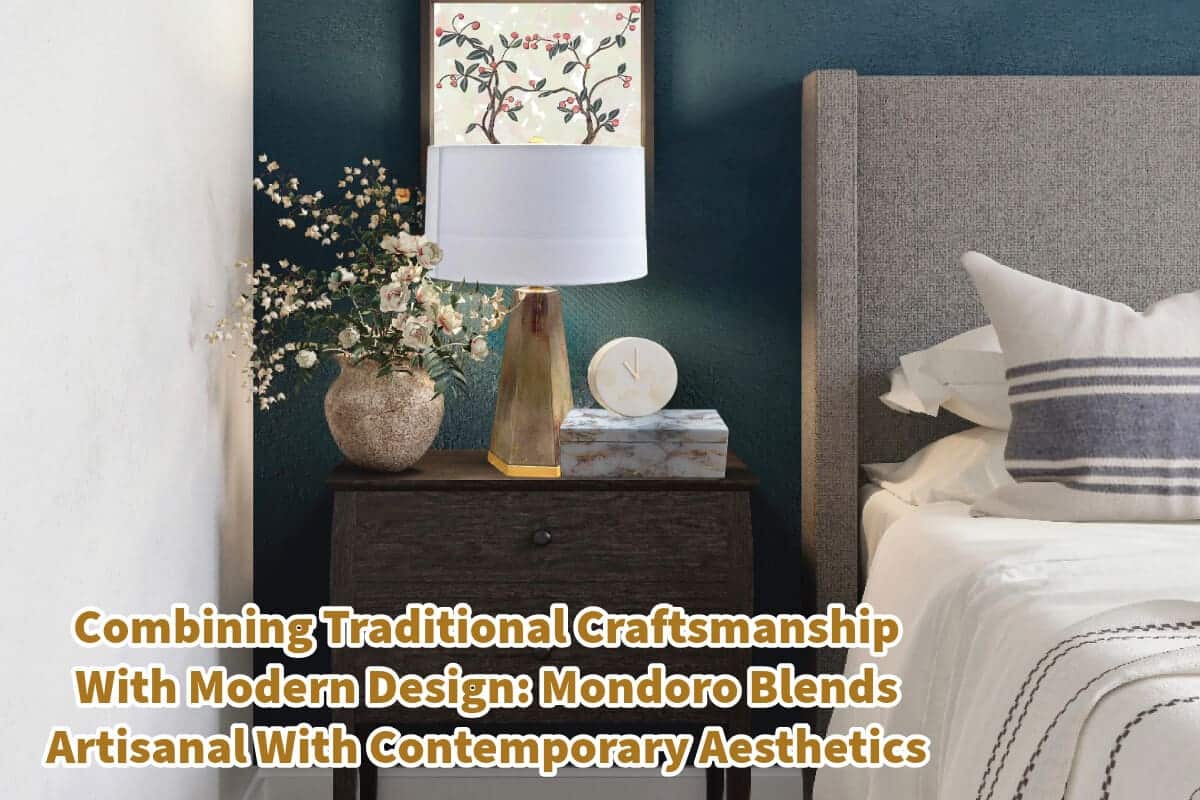In a world where fast fashion and mass production have become the norm, the importance of preserving traditional craftsmanship cannot be overstated. These age-old skills represent more than just beautiful products; they are a testament to cultural heritage, craftsmanship, and generations of mastery.
Mondoro is a company that champions this mission, expertly merging traditional artisanal techniques with modern design to create unique and stunning products. In many ways, Mondoro is breathing new life into these traditional crafts while keeping the artisans’ skills relevant and alive.
Table of Contents
- The Art of Combining Traditional Craftsmanship with Modern Design: How Mondoro Blends Artisanal Techniques with Contemporary Aesthetics
- The Impact of Keeping Traditions Alive
- Mondoro Is About Crafting a Future That Respects the Past
- Related Content
The Art of Combining Traditional Craftsmanship with Modern Design: How Mondoro Blends Artisanal Techniques with Contemporary Aesthetics
In an era dominated by fast fashion and mass production, the value of preserving traditional craftsmanship cannot be underestimated. These ancient skills embody more than just the creation of beautiful objects; they symbolize cultural heritage, meticulous artistry, and generational expertise.
Mondoro exemplifies a commitment to this preservation, skillfully blending traditional artisanal techniques with contemporary design to craft unique and captivating products. Here’s how Mondoro revitalizes these time-honored crafts while ensuring artisan skills’ continued relevance and vitality.
1. Vietnamese Lacquer: The Legacy of Resilience and Reinvention
The History of Vietnamese Lacquer Art
Vietnamese lacquer art has a rich history dating back thousands of years. Originating as a means to waterproof wooden objects and surfaces, it evolved into an art form that adorned temples, furniture, and various decorative items.
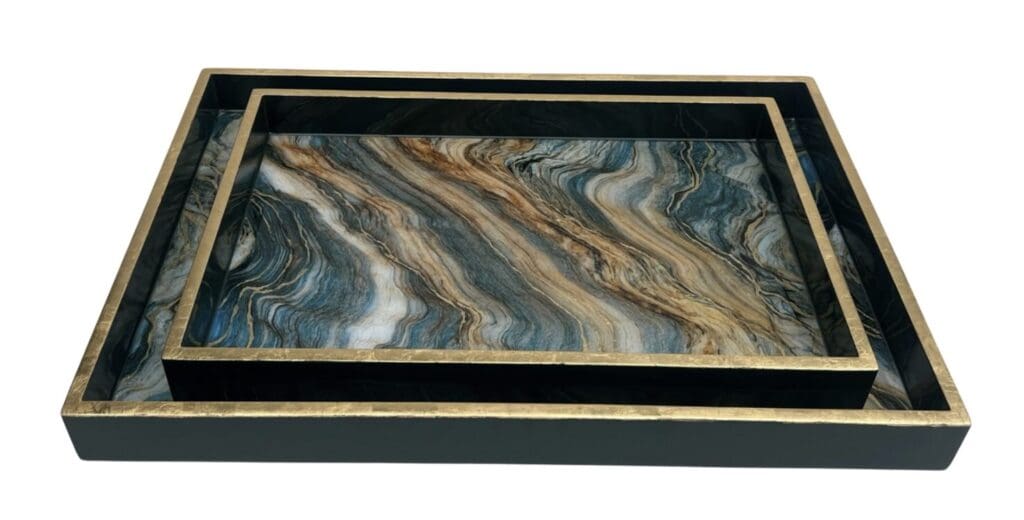
The meticulous process involves applying multiple layers of lacquer derived from the sap of the lacquer tree, each layer requiring days to dry and set. Traditional lacquer artisans embody patience and precision, skills honed over generations.
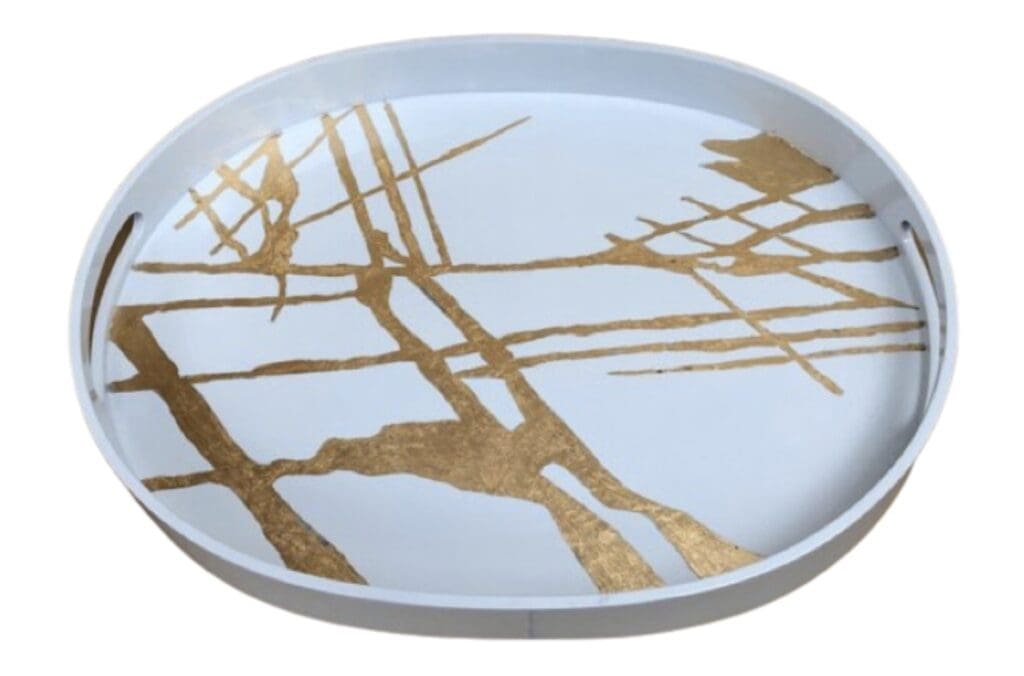
Mondoro’s Modern Touch
Mondoro takes this ancient art and elevates it with contemporary aesthetics. While the age-old process of applying and sanding down lacquer layers remains unchanged to maintain the authenticity of the technique,
Mondoro experiments with modern colors and finishes. Vibrant blues, metallic hues, and subtle pastels are introduced, giving traditional lacquer products a fresh and sophisticated twist. This approach preserves the craftsmanship and ensures that the artisans’ expertise stays relevant in the modern design landscape.
Mondoro bridges the gap between the past and present by showcasing these updated designs in contemporary settings. The brand’s creations prove that heritage and innovation can coexist harmoniously, offering today’s discerning customers products that are rich in both story and style.
2. Mother of Pearl: The Shimmer of Tradition Reimagined
The Art of Inlay
Mother of pearl inlay is an intricate craft that dates back centuries. This technique, commonly seen in luxury furniture and decorative items, involves embedding pieces of the iridescent shell into the surface of wood or lacquered items to create elaborate patterns. The result is a unique interplay of textures and light that is visually captivating and elegant.
Mondoro’s Innovative Approach
While traditional mother-of-pearl inlays often feature classic floral or geometric motifs, Mondoro reimagines this technique by introducing contemporary design elements.
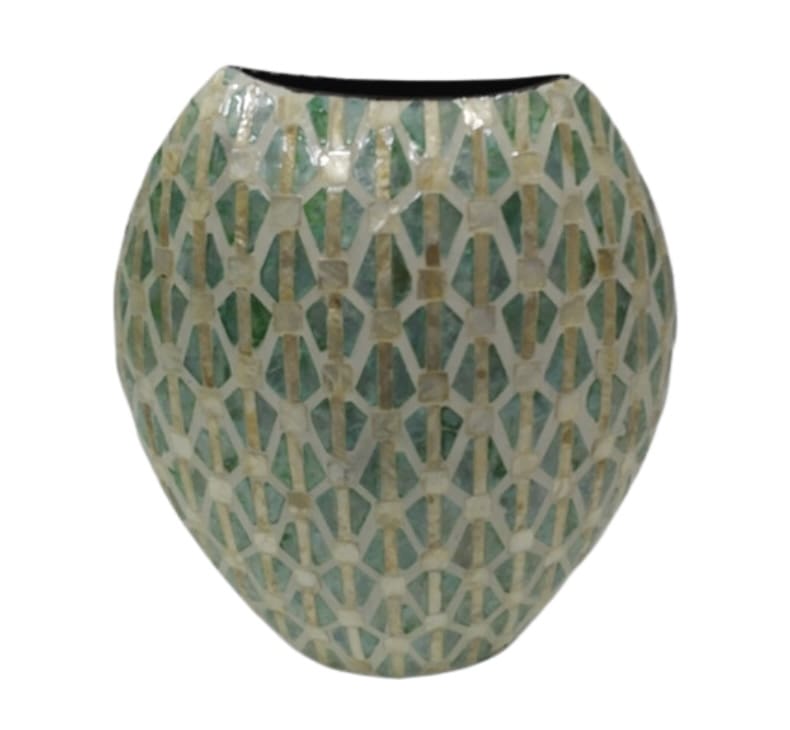
The inlays are updated with minimalist patterns, modern abstract forms, and a broader palette of colors. Instead of the typical pearlescent whites, shades of silver, gold, and even deep blues are incorporated, offering a striking contrast against dark, lacquered surfaces.
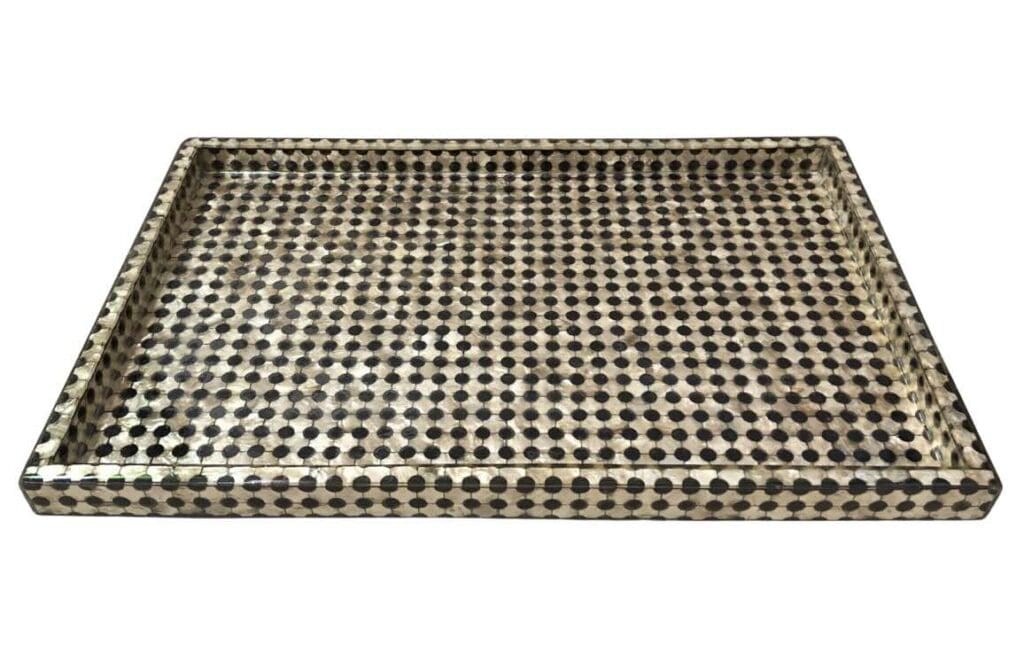
These innovations modernize the aesthetics and inject new energy into the craft. By adopting the centuries-old technique of mother-of-pearl inlay to meet modern design trends, Mondoro helps keep the skill alive and thriving among artisans while ensuring its appeal to a global audience.
3. Horn: The Timeless Allure of Nature’s Raw Beauty
Tradition Meets Sustainability
Using horns as a material has been a part of Vietnamese and other Southeast Asian countries’ traditions for centuries. Horn is often sourced from domestic livestock, making it a sustainable byproduct of agricultural practices. Artisans skilled in working with horns understand how to bring out the natural beauty of this material, which varies widely in color and pattern.
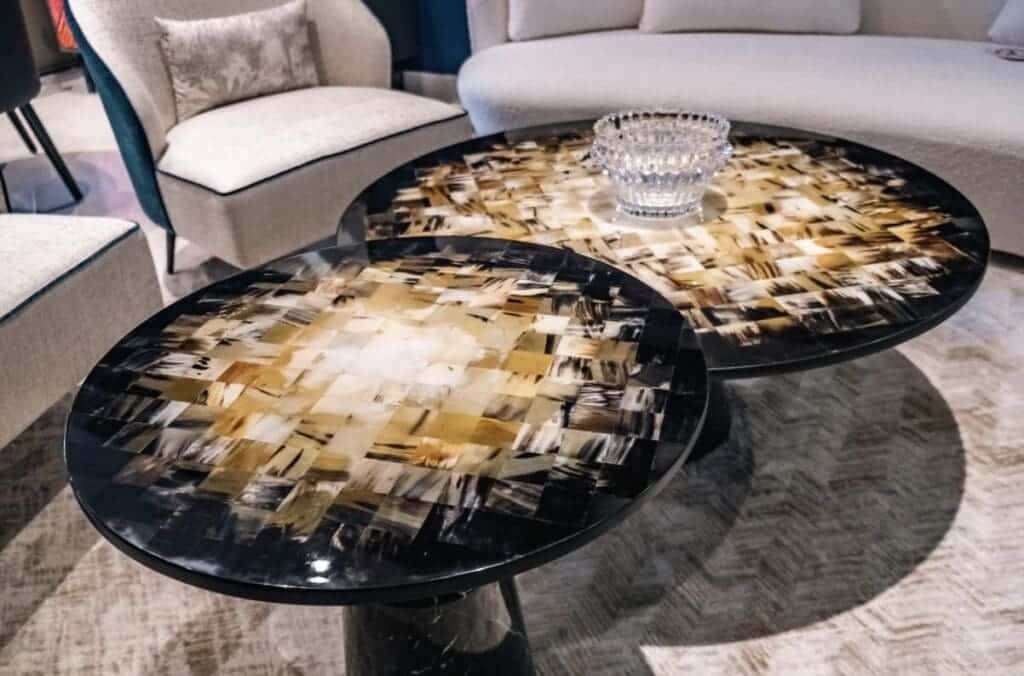
Mondoro’s Modern Interpretation
Mondoro elevates horn products by integrating them into contemporary home and fashion accessories. The traditional process of shaping and polishing horns is preserved, but the design approach has shifted towards sleek, modern silhouettes and unexpected combinations.
For instance, horn pieces are paired with metals or woods, creating a sophisticated interplay of textures.
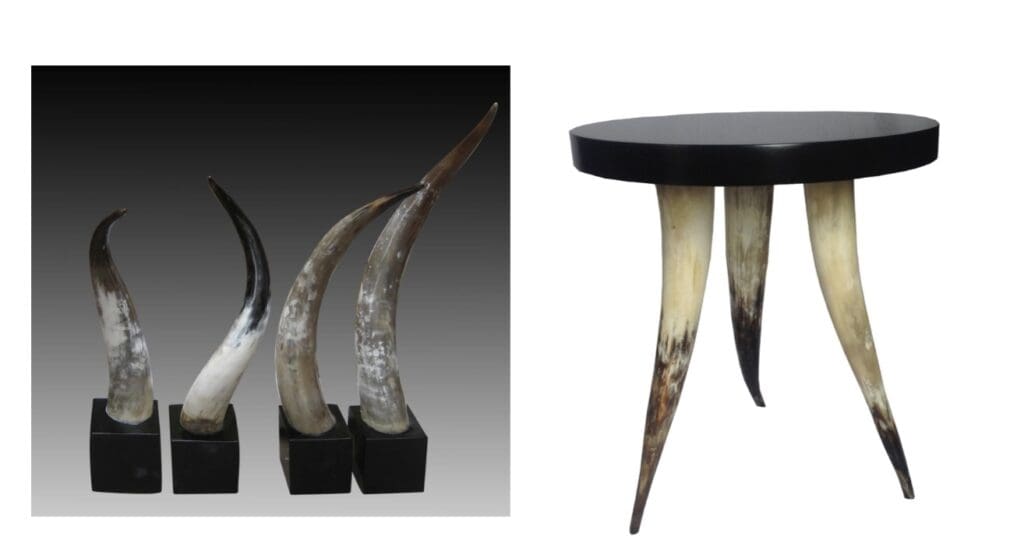
This modern use of horn ensures that artisans continue to refine their craft while catering to a market that values unique, sustainably sourced items. Mondoro’s vision ensures this beautiful material remains relevant in today’s design conversations.
4. Eggshell Finish: An Ancient Technique Revived
A Unique Process
The eggshell finish is one of the most distinctive and time-consuming decorative techniques, originating in East Asia. The process involves carefully breaking eggshells into tiny pieces and placing them on a lacquered surface.
Each piece is individually placed and smoothed down, creating a subtle but striking mosaic-like pattern. The eggshells’ natural white or off-white color contrasts beautifully with darker lacquer, lending the piece a refined texture and depth.
Mondoro’s Contemporary Twist
Mondoro has redefined the application of the eggshell technique by experimenting with various backgrounds, such as metallic or vividly colored lacquer, to create a modern visual effect. This not only reinvigorates the appearance of the ancient eggshell finish but also brings a touch of luxury and innovation that appeals to contemporary design sensibilities.
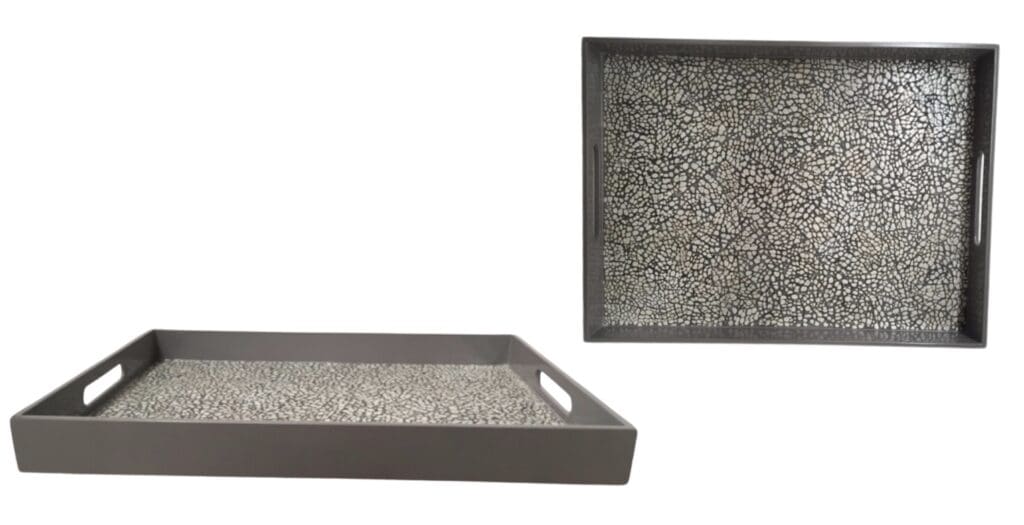
This adaptation elevates the eggshell technique from solely traditional to a must-have modern design element. Artisans can showcase their meticulous skills in creating these intricate patterns while clients enjoy a fashionable, historical product.
5. Woven and Natural Materials: Tradition in Texture
The Craftsmanship of Bamboo, Rattan, and Seagrass
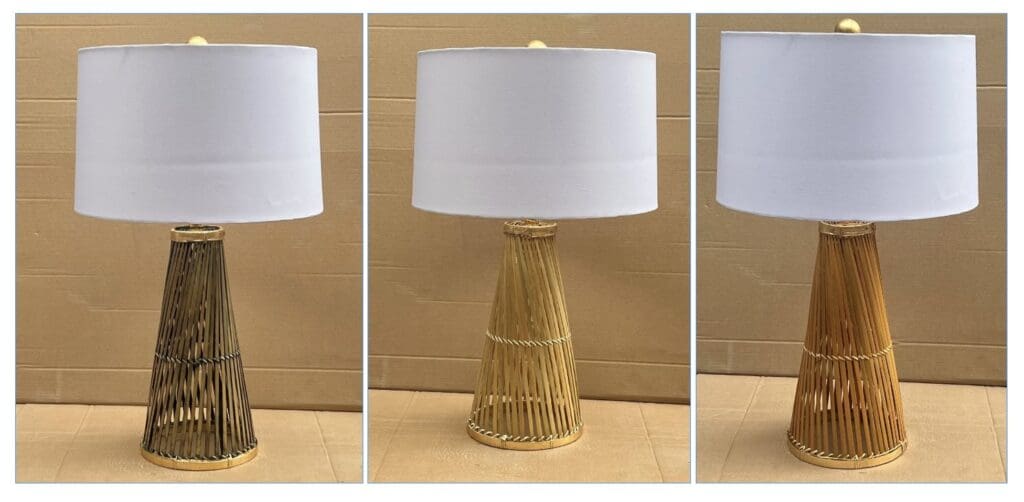
Woven products made from bamboo, rattan, seagrass, and water hyacinth have long been a staple in Southeast Asian crafts. These natural materials are known for their durability, flexibility, and sustainability. Traditional weaving techniques are often passed down through generations, with each artisan adding nuances and regional styles.
Updating with Modern Aesthetics
Mondoro uses these time-honored materials in new ways, creating products that resonate with modern design’s clean lines and minimalist themes. Spun bamboo, which involves a unique technique of winding thin bamboo strips around a mold, creates contemporary lamp bases and decorative vases. Rattan and seagrass are shaped into geometric furniture or combined with metal and glass for a modern industrial look.
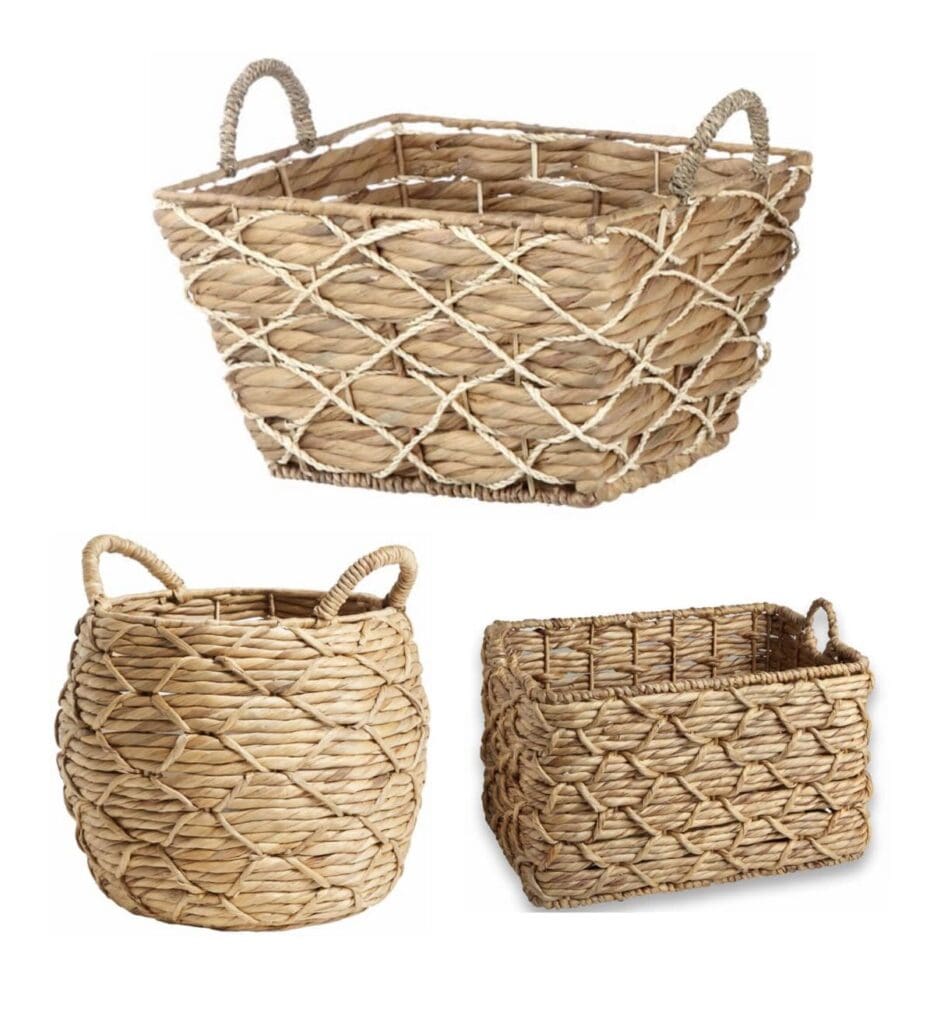
This fusion of old and new helps to sustain the weaving crafts by offering a broader appeal and relevance to global markets. Artisans continue their traditional practices but now with a modern twist that captures the attention of contemporary consumers.
The Impact of Keeping Traditions Alive
Preserving Skills and Supporting Communities
Mondoro’s dedication to integrating traditional craftsmanship with modern design is more than just an aesthetic choice—it’s a social commitment. By continuously finding innovative ways to use these age-old techniques, the brand helps ensure that artisans’ knowledge and skills remain vibrant and intact.
This preserves cultural heritage and supports local communities that rely on these crafts for their livelihoods.
When customers purchase a Mondoro product, they are not just buying a decorative item; they are investing in a piece of history thoughtfully updated for modern life. This connection adds value, making the product more meaningful and sustainable.
Encouraging Artisans to Innovate
When they work with Mondoro, artisans are encouraged to experiment with new ideas and techniques. The fusion of traditional craftsmanship with modern design prompts a cycle of creativity that reinvigorates the artisans’ passion for their work.
This sense of renewal ensures that the crafts continue to evolve and adapt, preventing them from becoming obsolete or confined to history books.
Mondoro Is About Crafting a Future That Respects the Past
Combining traditional craftsmanship with modern design is not just about preserving beautiful objects; it’s about respecting the past while crafting a sustainable and innovative future. Mondoro exemplifies how businesses can play a pivotal role in this journey, showcasing the beauty of artisanal techniques while making them relevant to today’s consumers.
Whether it’s through lacquer with unexpected colors, mother of pearl with contemporary patterns, or reimagined woven materials,
Mondoro proves that age-old skills have a place in modern aesthetics. By investing in products that blend tradition with innovation, consumers are not just embracing style but also supporting a legacy of craftsmanship that deserves to be celebrated and preserved.
In a world increasingly shaped by speed and convenience, Mondoro’s commitment reminds us that some of the most meaningful designs come from a perfect balance of heritage and forward-thinking creativity.
If you’re interested in exploring our complete collection of lookbooks and discovering more about our designs, please reach out to us at sales@mondoro.com. We’d be happy to share the full range of our creations and discuss how we can help bring your vision to life.
Find out more about how Mondoro can help you create, develop, and manufacture excellent home decor and furniture products – don’t hesitate to contact me, Anita. Check out my email by clicking here or become a part of our community and join our newsletter by clicking here.
Mondoro gives out a FREE Lookbook to anyone interested. You can receive a copy of our latest Lookbook by clicking here.
Listen to our Podcast called Global Trade Gal. You can find it on all major podcast platforms. Try out listening to one of our podcasts by clicking here.
Subscribe to our Mondoro Company Limited YouTube Channel with great videos and information by clicking here.
Related Content
High Point Furniture Market, Insider Tips And Guide
I have attended the High Point Furniture Market twice a year for almost 30 years. During this time, I have learned some of the best ways to attend the market, and what first-time or any market attendees should do. If this is your first time at the High Point Furniture market, most people do not realize how huge the market is, so you need to plan, be prepared, wear comfortable shoes, and know what you are looking to buy or accomplish at the market.
You can learn more by reading High Point Furniture Market, Insider Tips And Guide by clicking here.
Where Do Small Furniture Stores Get Their Furniture?
Many small furniture stores will buy their products wholesale from a wholesale furniture company. Many companies in the United States wholesale furniture to small furniture stores. Other small furniture stores may decide they want to manufacture or produce the products themselves. Successful stores have used both methods to source furniture for them to sell in their store.
By clicking here, you can learn more by reading our blog, Where Do Small Furniture Stores Get Their Furniture? by clicking here.
Where To Buy Home Decor Items For Retail Or Your Online Store?
If you are looking to start an online or retail store, one of the most significant issues that most people face is knowing where to buy the home decor items for their online or retail store. We have been producing home decor products for over 20 years; we have experience in knowing where to buy home decor items.
You can learn more by reading our blog, Where To Buy Home Decor Items For Retail Or Your Online Store?, by clicking here.

